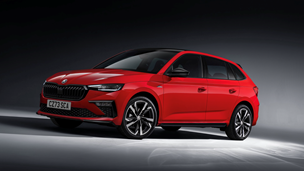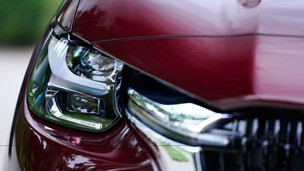Choose life. Choose a job. Choose a career. Choose a family etc. You know the sketch. Trainspotting, released all the way back in 1996, was to many the defining film of the 90s.
It was a decade of optimism and confidence, of Cool Brittania, Britpop and sporting spirit regardless of how bad the end results were. It was a decade where the Blur vs Oasis argument could spark full scale riots, and where the only thing smoking in pubs were cigarettes and not hickory-smoked pulled pork sandwiches. It was also a decade which produced some utterly fantastic cars.
In honour of Trainspotting 2 released in cinemas today, here are some four-wheeled icons of the decade, which likewise came to define both the country and the era.
Volvo 850
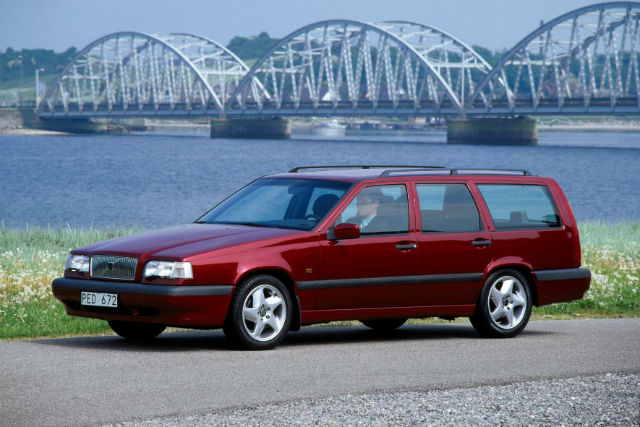
Were your parents really your parents if they didn’t own a boxy Volvo estate? Launched in 1991, the 850 was Volvo’s most advanced model to date and came with a range of safety technologies like ABS, dual front airbags and side torso airbags.
It also went on to become one of Volvo’s best-selling cars around the entire world, while its build quality and hardiness means that, even today, it’s still not all that uncommon to see them knocking about the roadways.
Ford Mondeo
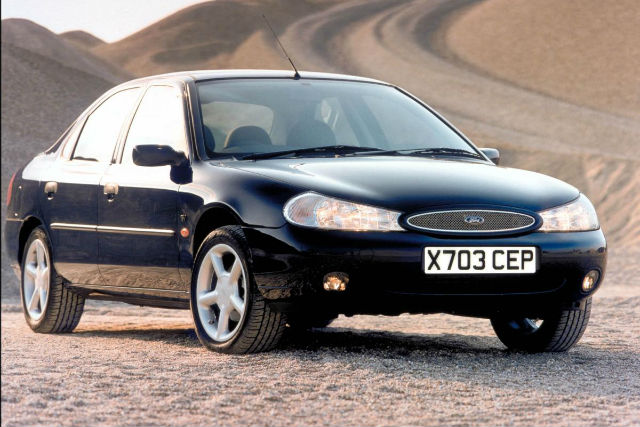
The first Ford Mondeo was introduced in 1992 to replace the ageing Sierra. Originally dubbed the ‘Mundano’ by the press, the Mondeo went on to become a huge success with hundreds of thousands of Mk1 Mondeos sold in the UK.
The popularity of the car led to the term ‘Mondeo man’ being coined by Tony Blair in 1996, a label used to encapsulate the sort of everyman voter Blair’s concept of New Labour wanted to target.
Blair’s victory in 1997 is cited by many as the moment which kicked off the ‘Cool Britannia’ movement good and proper, securing the original Mondeo’s status as arguably the most 90s car of all.
Subaru Impreza Turbo
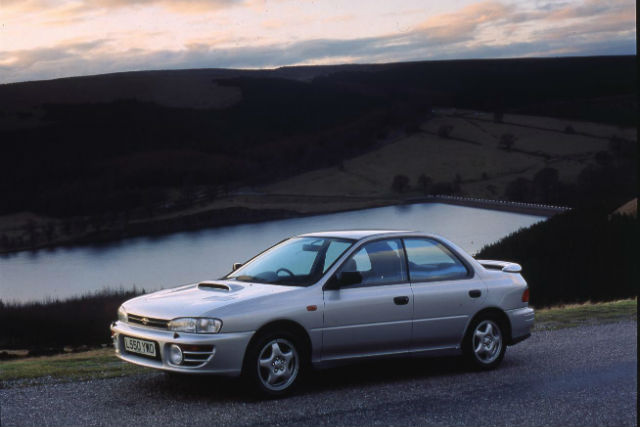
Prior to the release of the Impreza Turbo, for many all you needed to know about Subaru was that the badge read “U R A BUS” in your rear view mirror. But the Japanese brand’s dowdy image was instantly shattered the moment a certain Mr McRae won the 1995 World Rally Championship in his Impreza.
Britain went rally mad, to the point that waiting lists for special-edition Imprezas like the P1 stretched back 18 months or more, and the country was flooded with an influx of blue-and-gold turbocharged road weapons.
The Impreza Turbo offered limitless grip and sports car-beating performance for a tiny fraction of the cost and has given birth to a whole range of cars that have thrilled enthusiasts and scared pensioners for nearly 30 years.
Vauxhall Nova
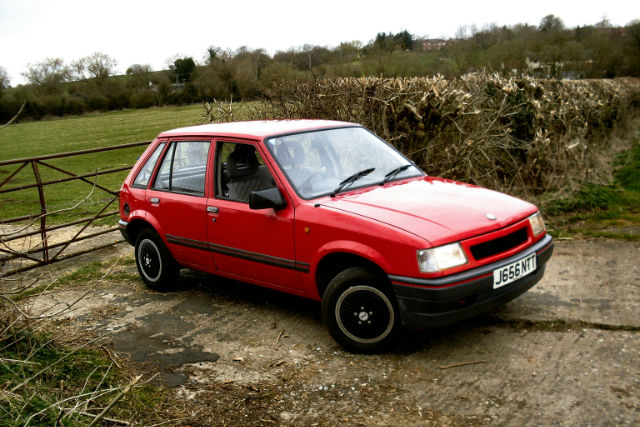
For the ASBO-flaunting nutter who couldn’t quite stretch to an Impreza or an Evo, there was always the option of the Vauxhall Nova, usually embellished with a horrible plastic bodykit, ill-fitting bucket seats and a coffee can exhaust.
Essentially a rebadged Corsa, the Nova was popular particularly with younger drivers and acquired a strong association with the nascent chav culture that was beginning to develop towards the end of the decade.
It was also popular among joyriders thanks to a unique quirk that allowed you to hot-wire the engine simply by removing the hazard light switch, turning it upside down and then reinserting it into the slot.
Ford Escort RS Cosworth

From one car you wouldn’t want to see parked next to you to one that you very much would, the Escort RS Cosworth was the blue-collar hero car of its generation and the follow-up to the much loved Sierra Cossie.
A genuine pin-up to rival Pamela Anderson in popularity, the Escort RS was instantly distinguishable by its huge whale-tail spoiler, as well as the sound of 220 turbocharged horses blasting out of its exhaust.
Able to smash its way to 62mph from a standing start in just 6.1 seconds, it left the hottest hatches of the era scrabbling in its mirrors and still proves to be hugely competitive and hugely desirable today.
Renault Clio
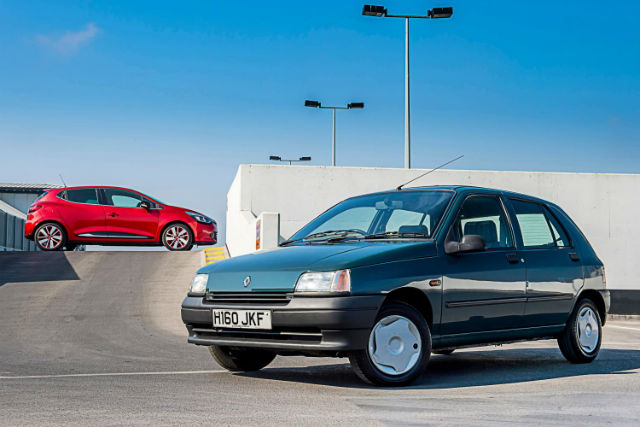
Unveiled at the start of the decade as the follow-up to the Renault 5, the first-gen Clio is widely credited as being the car which saved Renault from the deep funk it had gotten itself into during the late 1980s.
Built around the ethos of creating big car refinement in a compact package, the Clio scooped the 1991 European Car of the Year Award despite not having even been released at the time.
Through brilliant use of TV advertising campaigns like ‘Papa & Nicole’ and Thierry Henry’s famous ‘Va-Va-Voom’ campaign, it became one of the most popular cars of the decade and helped spur on the supermini boom.
